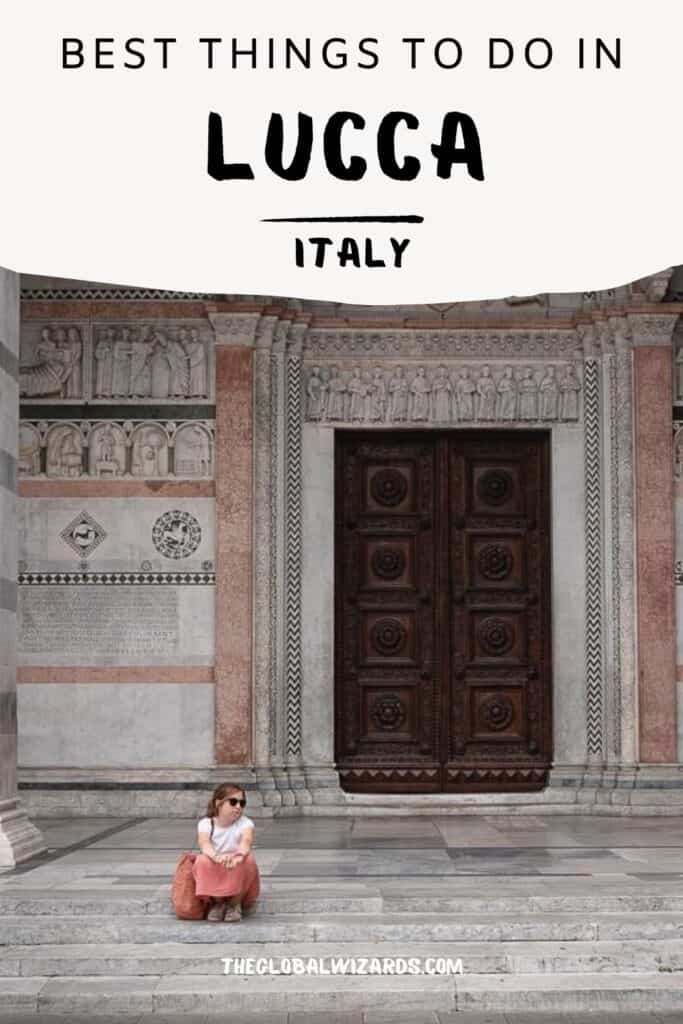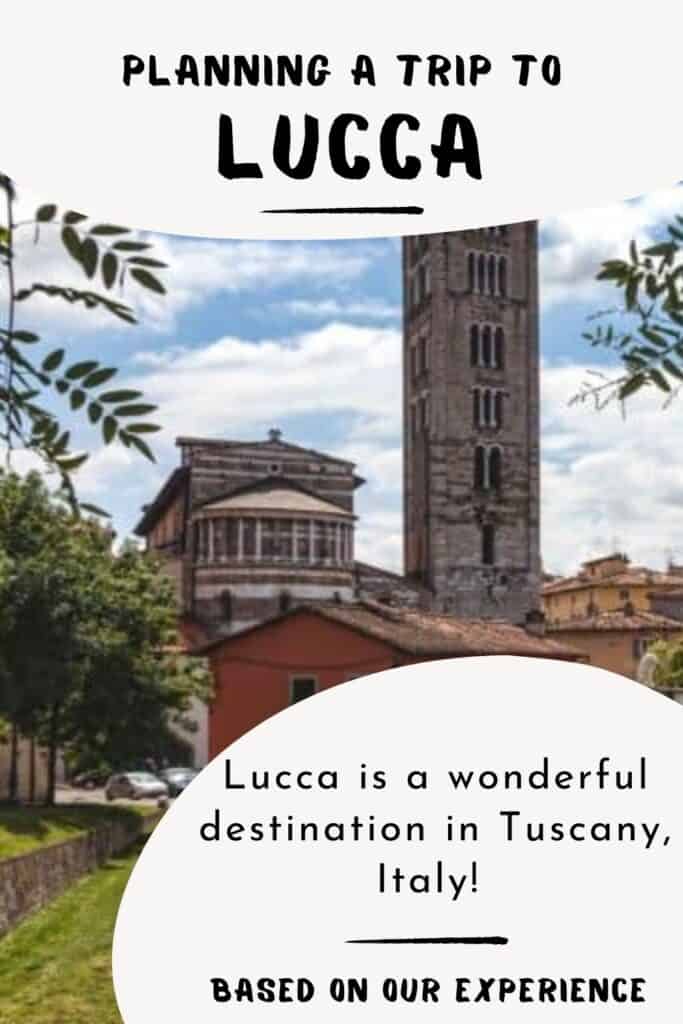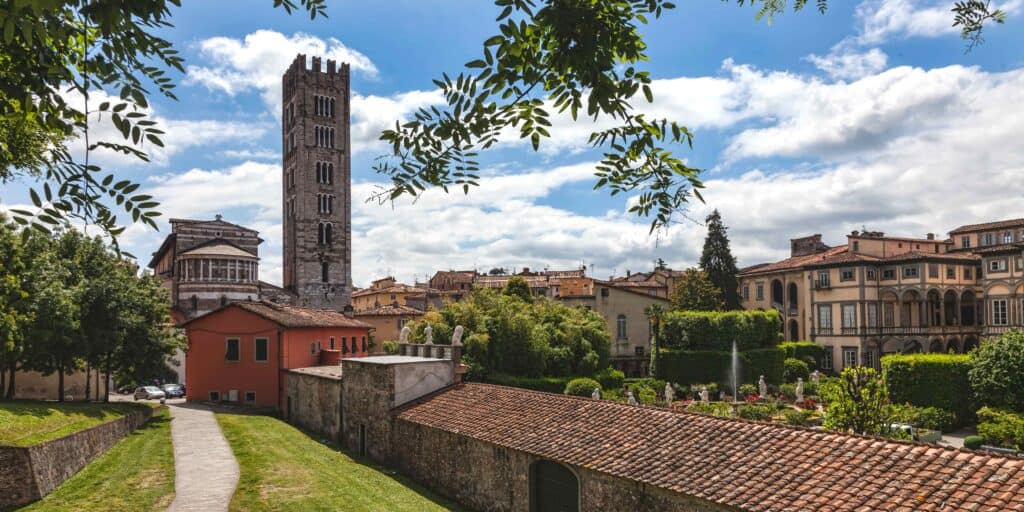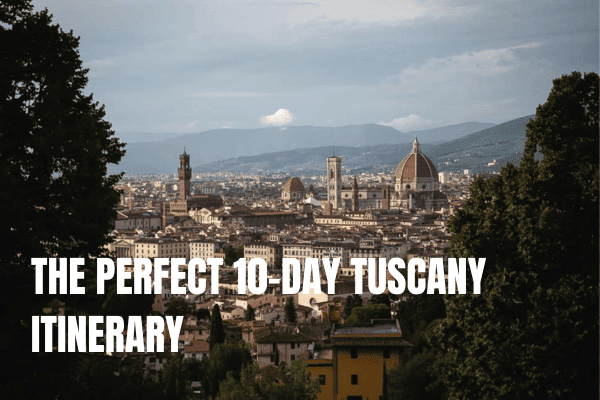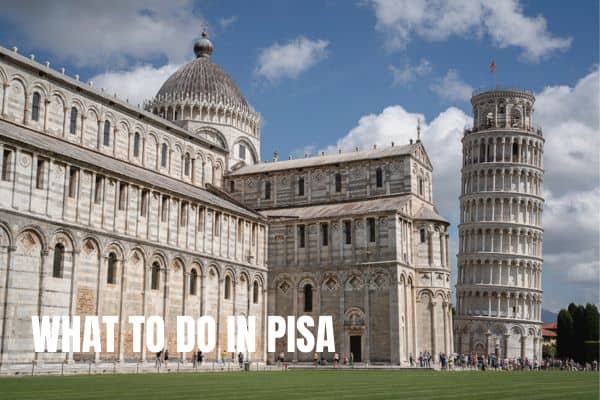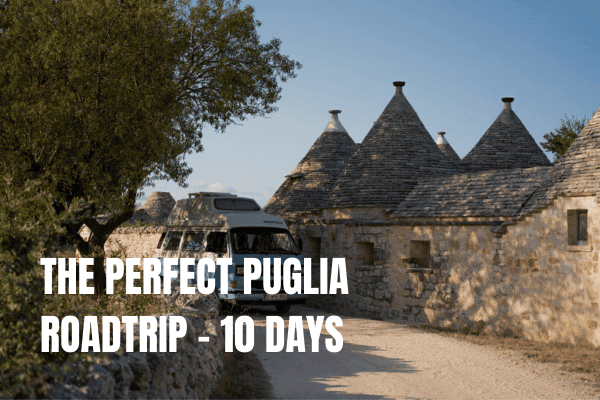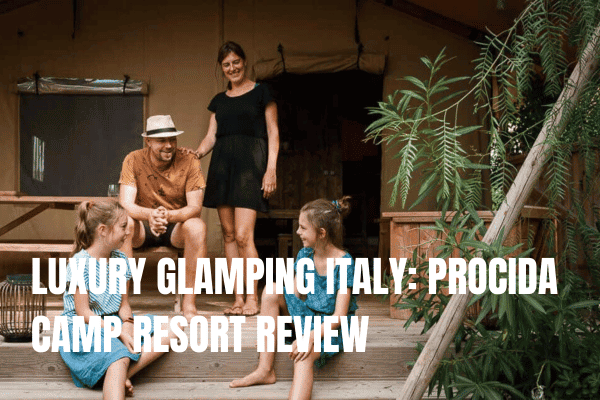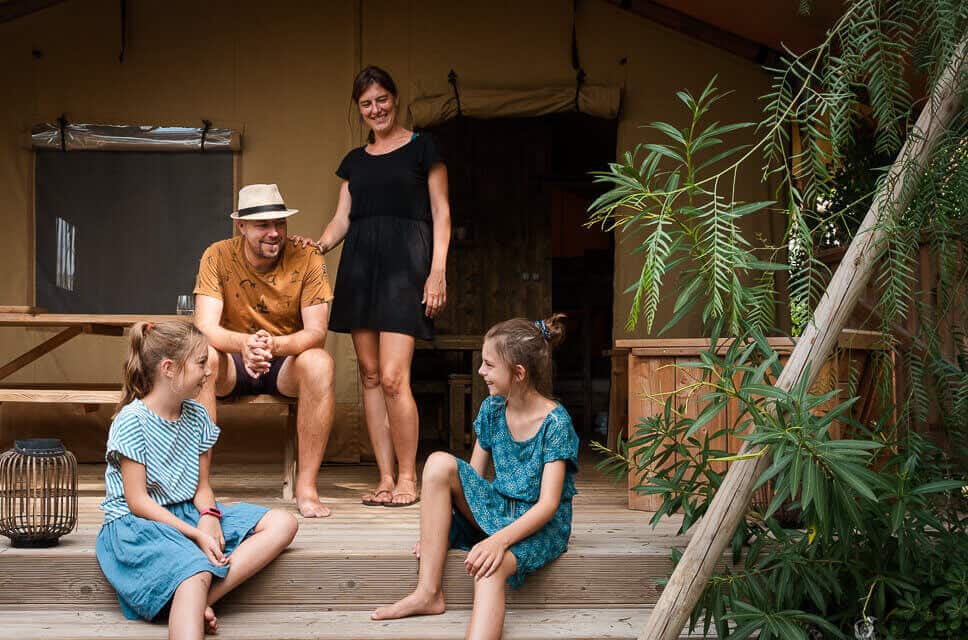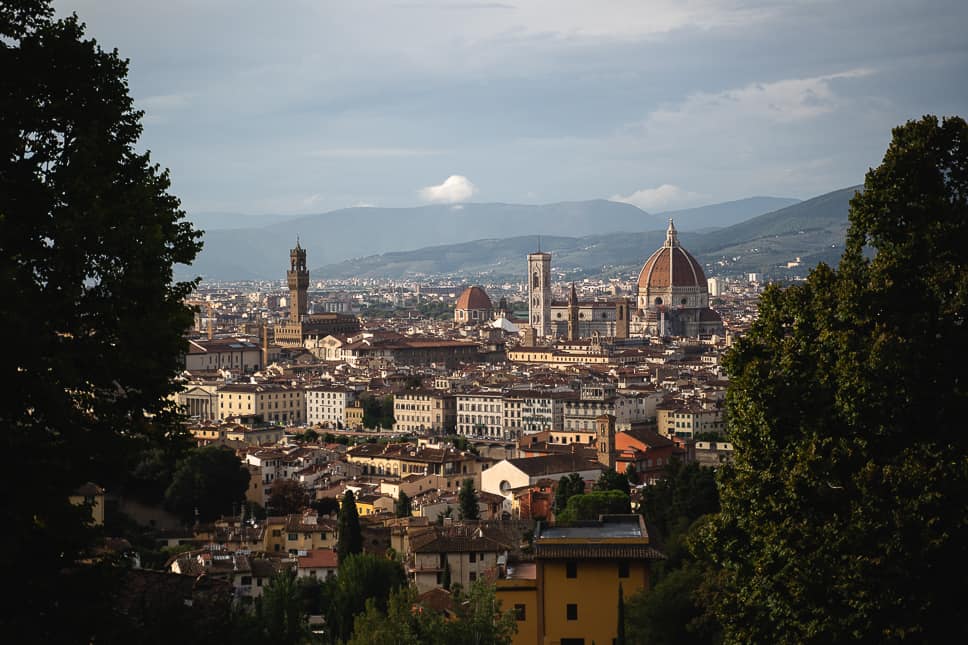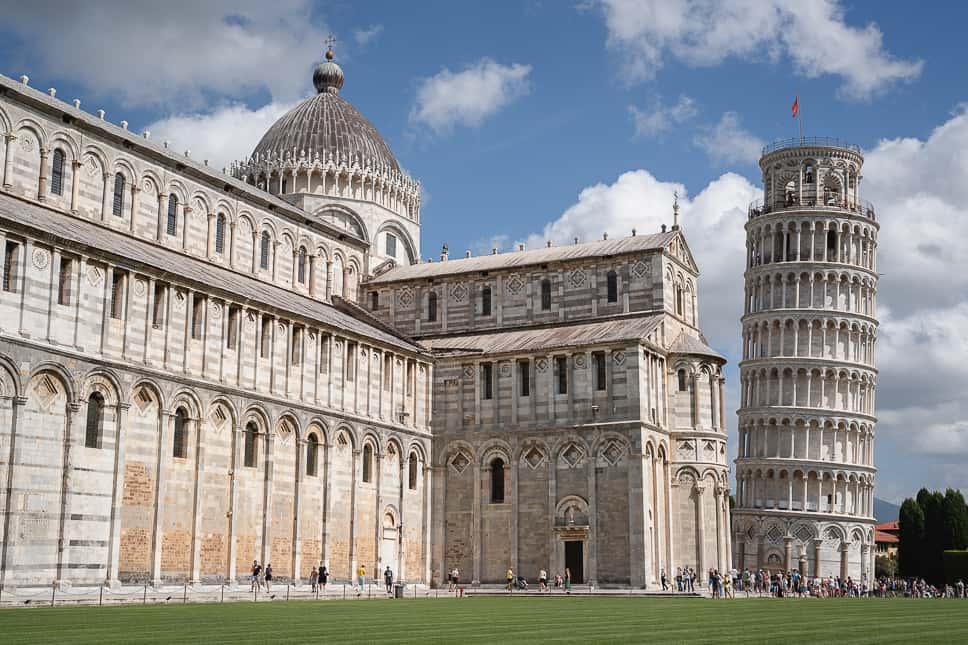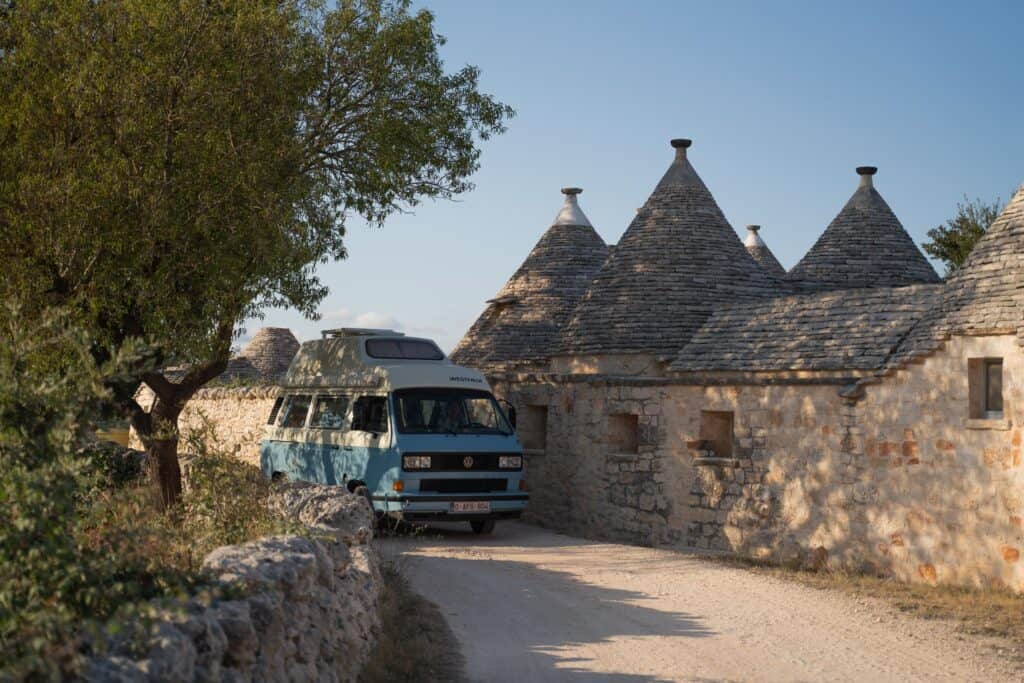During your Tuscany road trip, you will undoubtedly pass by Lucca. This beautiful walled city is simply not to be missed. You will find beautiful squares, nice museums and many tasty restaurants there. We listed the best things to do in Lucca for you.
The entire city is walled and you can explore the entire wall by bike or on foot.
During the summer months July and August, it can get very hot. May, June and September, November are the perfect months to visit Lucca.
If you’re doing a road trip in Tuscany, Lucca has to be on your bucket list.
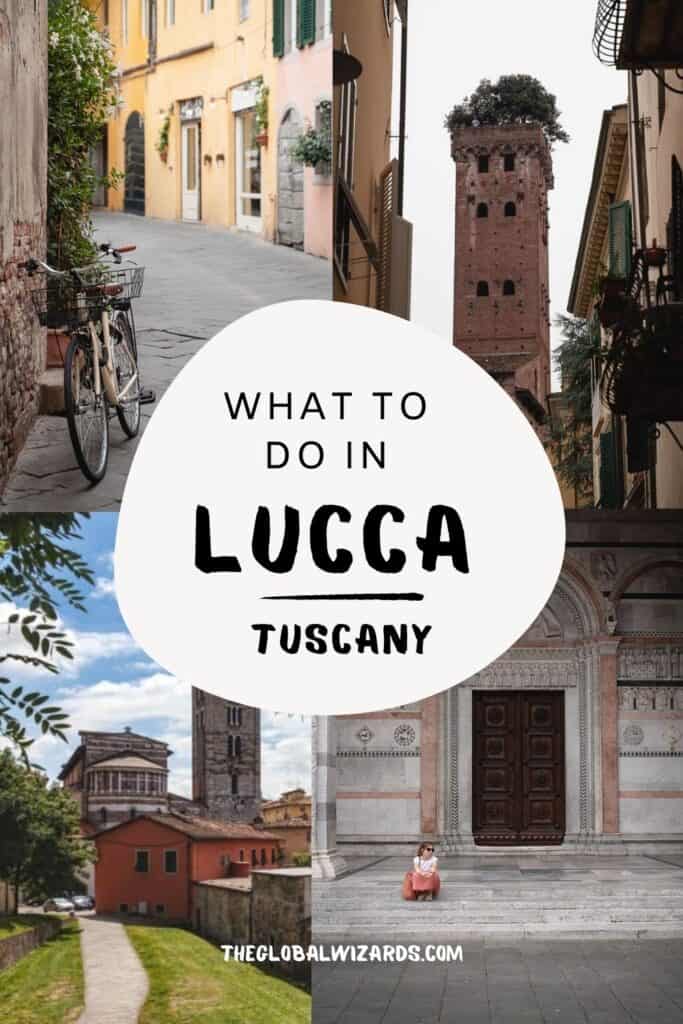
How to get to Lucca
Lucca is a charming Italian city located in the Tuscany region. To reach Lucca, visitors have multiple options, including air, train, and car travel methods.
By air: The nearest airports to Lucca are Pisa International Airport (Galileo Galilei Airport, 25 km away) and Florence International Airport (Amerigo Vespucci Airport, 69 km away). Major European airlines provide connections to these airports. From the airports, visitors can choose to take a train, or bus, or rent a car to reach Lucca.

By train: Lucca is well connected to the Italian rail network. Regular train services run from Pisa, Florence, and Viareggio and connect to other major Italian cities. For convenient access to regional and national destinations, it is advised to use the Trenitalia or Italo rail services.
The Lucca train station is a short walk away from the city center, making it an ideal option for those traveling with luggage. You can easily book your train tickets by Omio or The Trainline.
By car: Lucca is easily accessible by car via the A11 highway, which connects the city to Florence and Viareggio. Keep in mind that Lucca’s historic center is a limited traffic zone (ZTL) and requires a permit to enter.
Visitors who wish to explore the city by car can park outside the walls and walk or use public transportation. We parked our car at the Parcheggio Carducci just outside the walls. It’s a short walk to the center.
- Distance from Pisa: 25 km
- Distance from Florence: 69 km
- Distance from Viareggio: 27 km
Public transportation is also readily available for visitors in Lucca. The local bus service connects various points within the city. A bike-sharing program is another convenient way to explore Lucca, especially as the city is famous for its well-preserved city walls, ideal for biking or walking.
What to do in Lucca.
Piazza dell’Anfiteatro
Originally built as a Roman amphitheater in the 2nd century AD, the Piazza dell’Anfiteatro has a fascinating history that spans centuries. Today, the square is a bustling hub of activity, with cafes, shops, and restaurants lining its circular perimeter.
We love to wander through the winding streets taking in the beautiful architecture and just soaking up the vibrant atmosphere.
Walk or bicycle on the Town Walls (Le Mura di Lucca)
We entered Lucca through the San Paolino gate and were immediately impressed. We didn’t expect it to be so big. After that, you can take the stairs to the Walls.
You can walk or cycle around the well-preserved city walls. In total, this is a 4-kilometer path that is wide and flat, perfect for families with children. From the walls, you can enjoy the views of the historic city center and the surrounding Tuscan countryside.
You can also rent a large go-kart to drive around more yourself. The cost is about €17 for 1u.
Piazza Napoleone
Situated at the heart of Lucca, Piazza Napoleone is the main square where you can find the Palazzo Ducale, now housing the provincial government offices. The square is often the site of concerts and festivals and is surrounded by beautiful buildings and historic structures.
Did you know there is a big summer festival every year? We were too late (September) but saw the poster hanging with some well-known pop artists. So be sure to check out the Summer festival in Lucca.
Cathedral of San Martino
The Cathedral of San Martino is an impressive Romanesque church, built between the 11th and 14th centuries. The façade, with its intricate sculptures and reliefs, is beautiful. Inside you can see the tomb of Ilaria del Carretto, a masterpiece of Jacopo della Quercia.
You can buy combined tickets for the Cathedral + Belltower + Museum + Church of Saints Giovanni and Reparata with Baptistery and archaeological area. On the website of the museum, you can find opening hours and more info about what to see inside the Cathedral and Museum.
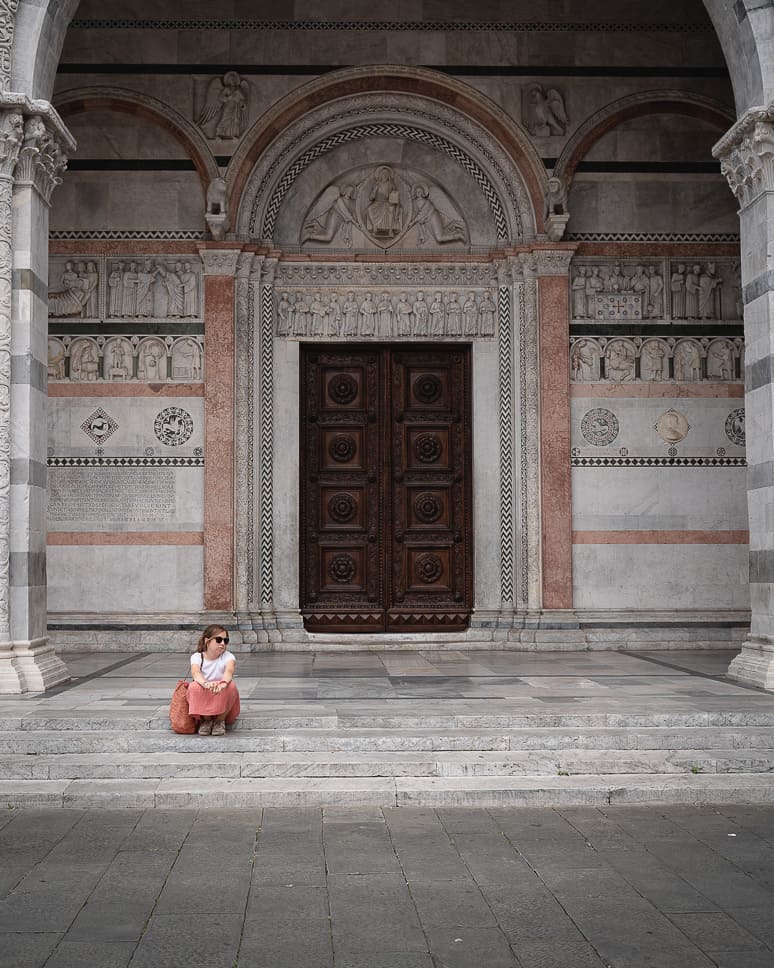
Torre Guinigi
Climb the 230 steps to the top of Torre Guinigi, a 14th-century brick tower, and be rewarded with panoramic views of Lucca.
It was built by the wealthy Guinigi family, the Torre Guinigi is a symbol of the city’s rich history and culture. At 45 meters tall, the tower offers breathtaking views of Lucca and the surrounding countryside. But what really sets the Torre Guinigi apart is its rooftop garden, which is home to several ancient oak trees.
You can book your tickets in advance on the website of Torre Guinigi.
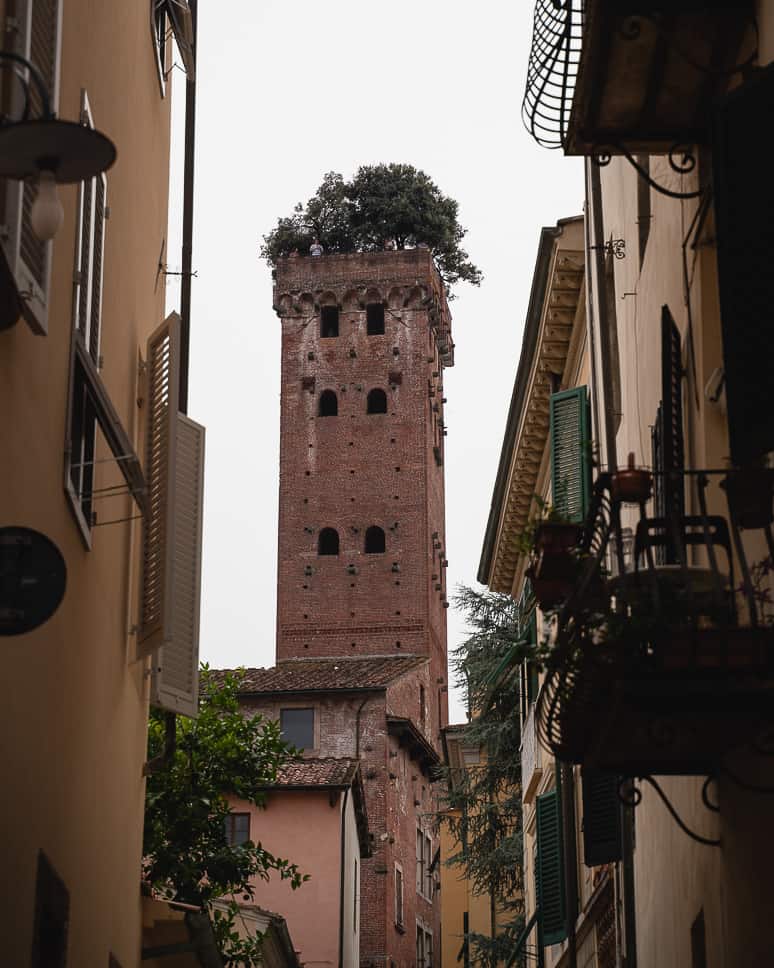
Torre Delle Ore
The Torre delle Ore is Lucca’s tallest medieval tower, standing at 50 meters. Visitors can climb its 207 original wooden steps to see the clock mechanism and enjoy stunning views of the city and surrounding hills.
The tower has a rich history, including a connection to the legend of Lucida Mansi, who climbed it to stop the bell from striking the hour of her death.
You can buy tickets to enter the tower on the website of Lucca city.
Palazzo Pfanner
Palazzo Pfanner is a Renaissance residence located in Lucca’s historic center. It was built in the 17th century for the Moriconi family, and it was later owned by the Controni family and eventually the Pfanner family.
You can buy different tickets. You can choose to visit the gardens and the buildings or just the gardens.
The outdoor spaces were transformed into a beautiful Italian Baroque garden by Filippo Juvarra in the 18th century. The building was also home to one of Italy’s first breweries, owned by the Pfanner family.
Today, visitors can see medical-surgical instruments belonging to Pietro Pfanner and enjoy a beautiful view of the Basilica of San Frediano’s bell tower from the garden. The palazzo has also been used as a film set for movies such as Il Marchese del Grillo and Portrait of a Lady.
More details about the Palazzo and the gardens can be found on their website.
Puccini Museum
Giacomo Puccini was an Italian composer who lived in Lucca, Italy. He was born in 1858 in Lucca and spent much of his childhood there. Puccini is considered one of the greatest opera composers of all time and is best known for his works such as La Bohème, Tosca, and Madama Butterfly.
His music is known for its emotional intensity and beautiful melodies. Puccini died in 1924, but his legacy lives on in his music, which is still performed in opera houses around the world.
It is here in Lucca, that you can visit a museum dedicated to Puccini, which includes his personal belongings, photographs, and musical instruments.
If you love opera music this is certainly one of the best things to do in Lucca. Tickets for the museum cost €9 or €17 for a family.
Food and Drink
Lucca is well-known for its numerous restaurants, bars, and cafes.
One of the top restaurants to explore is the renowned Buca di Sant’Antonio. Established in 1782, it serves classic Tuscan dishes made from locally sourced ingredients.
For those who desire something more casual, the bustling Gli Orti di Via Elisa offers an authentic Italian trattoria experience…
At Pasticceria Taddeucci, visitors can sample an array of traditional Italian sweets
When it comes to gelato, Lucca has several outstanding options. Gelateria De’ Coltelli is a popular choice known for its artisanal gelato made from natural, high-quality ingredients.
In the evenings, exploring Lucca’s bar scene is a must. The city offers a range of bars, from cozy wine bars like Enoteca Vanni.
Where to Stay
If you like luxury, the Palazzo Alexander is a top choice. This 12th-century mansion has been converted into a hotel.
Another great option for a splendid stay is the Hotel Noblesse, housed in a historic building that has preserved its original frescoes and architecture while providing modern amenities for a comfortable experience.
Casa Nora and B&B Anfiteatro are two charming options with unique rooms reflecting the area’s architectural heritage.
Save this article on Pinterest
